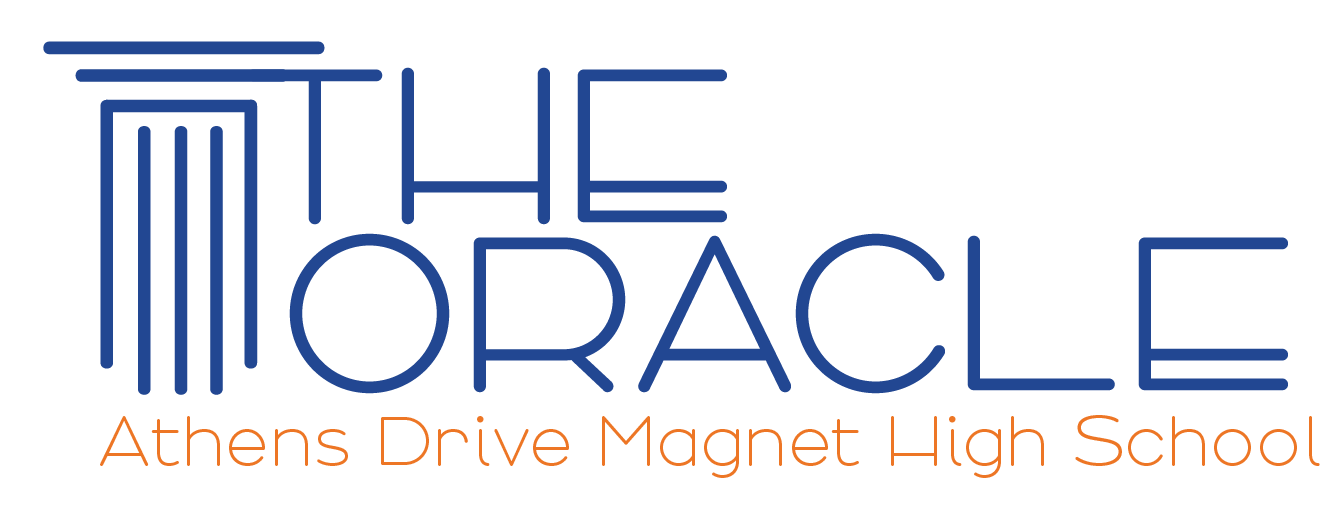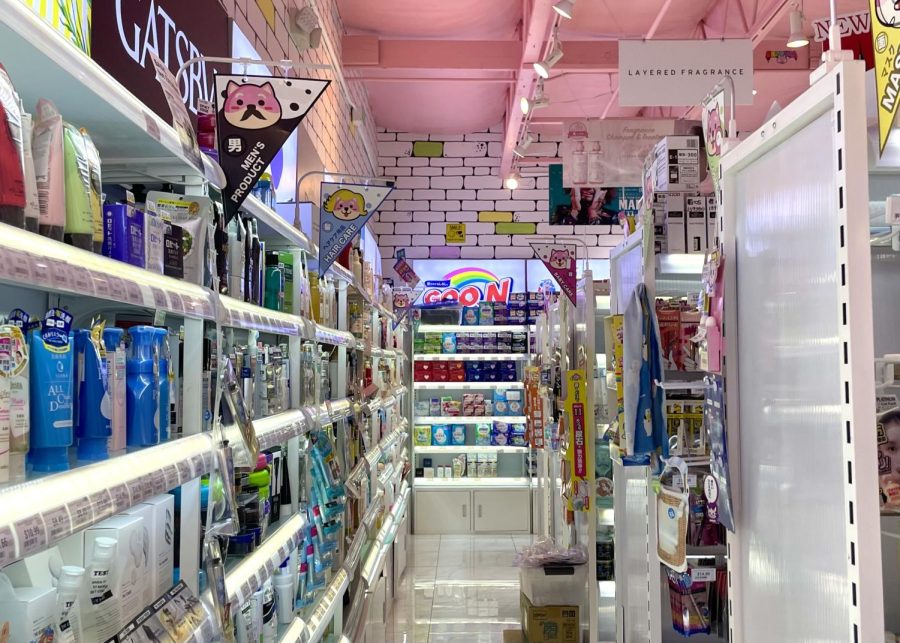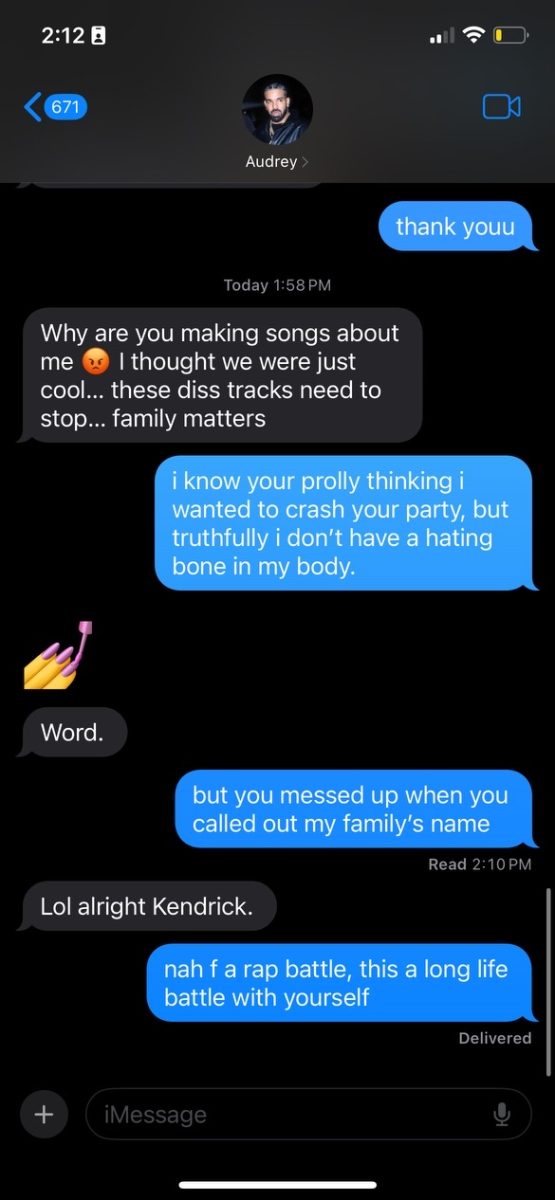Too many people have fallen victim to notorious TikTok bandwagons, being sucked into product overconsumption, wasting money; causing unnecessary environmental damage. With over a billion users, consisting mainly of the younger generation, TikTok is bound to twist and turn brains that haven’t fully developed and easily influence the vulnerable youth into following trends whatever famous influencers put out on social media.
Due to the addictive nature of the app and the user’s desire to fit in, devoted users engage in a losing struggle where they are persuaded to purchase out-of-date goods. Overconsumption has manifested as a result of an uprise in worldwide product sales.
Here are just a few of the trendy things that have dominated TikTok:
The Stanley Cup is great for avid water drinkers and hydration enthusiasts, but it is highly overpriced compared to many of the other great water bottles that can be bought for a much more affordable price. From $20 to $100, various better options perform the same duties as the Stanley Cup. Hydraflow, Yoelike, and Yeti are great “dupes.” This Stanley water bottle made even the most dehydrated individuals cave in, thanks to viral videos showing off a 40-ounce, stainless steel tumbler. According to The Daily Nebraskan, although there is a decent selection of bottles in terms of color, that is where the advantages end with this rip-off Hydroflask which can barely fit into a standard backpack slot.
As people build an obsession over a waterbottle that could possibly improve their hydration; others are looking for ways to improve their hair. The Dyson AirWrap has taken the hair community by storm. Almost all influencer pages feature this hair styler, frequently in instructional videos. This tool is widely sought after due to its effortless beachy hair effect and the number of viral videos. Although an effective styler that can leave hair looking like it came straight out of a salon, many other tools can work hair the same way for far less than $600. According to Insider, The Shark FlexStyle is Dyson Airwrap’s closest competitor. Because of its diverse capabilities, it’s also a fantastic standalone styler. The wand spins into a low-heat hair dryer equipped with a style concentrator attachment for a sleek, frizz-free blowout. In addition to fitting all hair types, including straight, wavy, curly, and coily hair, the Shark FlexStyle is now available for around $280, over $320 cheaper than the Airwrap.
And if we’re on the topic of self-care; the makeup category is the most notorious of them all– getting people sucked into a never-ending, money-spending cycle. One of the countless examples is the Dior Backstage Rosy Glow Blush. As much of a mouthful as it is to pronounce, it matches the criticism that can be heard by many reviewers and everyday makeup consumers. Hannah (@artistrybyhan), a vlogger, gave her reasoning for staying away from the product. “Don’t get me wrong, I love pink blush. I have blushes from small businesses for £10, and they’re beautiful, they’re gorgeous, and I would much rather buy from them than Dior. Plus, they’re not cruelty-free!” With $40 to its name; Dior isn’t receiving too many kind comments about its Blush’s inability to show an ounce of pigment on the face once applied.
This cycle of overconsumption may seem wholly hopeless and we may not be able to see the end of it right now, but there are many people urging us to de-influence the market. According to Mashable, the phrase “‘TikTok made me buy it” is the beginning of a now well-worn tale.” They also include the supposed cure for this TikTok-supported materialism is already asserting itself, and it’s gaining popularity swiftly. On the app, “anti-haul” content and “de-influencing” films are once again popular. Both #deinfluencing and #antihaul have amassed over 50 million views on the app, despite the fact that neither is a brand-new issue in the world of buying.
However, the possibility of de-influencing is significantly diminished in these videos. Instead of trying to prohibit viral purchases from being influenced, the objective is to recommend substitute products. Thus it’s difficult to conclude that anti-haul or de-influencing messages constitute a complete detachment from consuming. There is already some uncertainty at the point where influence and sustainability meet. Being a “sustainable influencer” could seem paradoxical or ironic. Though these influencers may highlight firms that strive to decrease the environmental effect, their material still encourages a desire to consume.
Isabel Slone, journalist, wrote in a 2022 New York Times article, “While these influencers may showcase brands that seek to mitigate environmental impact, their content still drives a desire to consume.”
This is precisely what TikTok is seeing, with producers criticizing certain products only to promote others.
Our purchasing habits have polluted our social spaces, from TikTok informing you why you need a new fashionable water bottle, influencers who are paid by big-owned brands to tell you that their products are the new hit so they can be part of the trends, and other social media that edit their products into something they’re not. According to Heal The Planet, the average American consumes 9.5 hectares of energy to maintain their lifestyle, compared to 2.7 hectares globally. In addition, during the past ten years, consumption of goods and services has climbed by 28%. We may significantly minimize our consumption and, consequently, our trash, pollution, and harmful effects on the planet we reside in by using up what we already possess, buying used items, borrowing from friends, or even renting a product we won’t use very frequently.
No one is a villain for participating in these trends, especially if they are now trying to control their consumption. With our planet quickly declining in crucial resources, we have to do our part not to be the main cause of it all. It doesn’t matter what TikTok and other social media are feeding to you; it matters how you take it in and control your impulses to not give in to big brands that aren’t worth the money. So before you abuse that search bar for the new “trendy Stanley Cup” or “cute Dior blush,” think about the cheaper alternatives and products where you will not waste and let money go to brands that don’t deserve it. Doing so will help our planet conserve its resources and do your bank account a massive favor.







